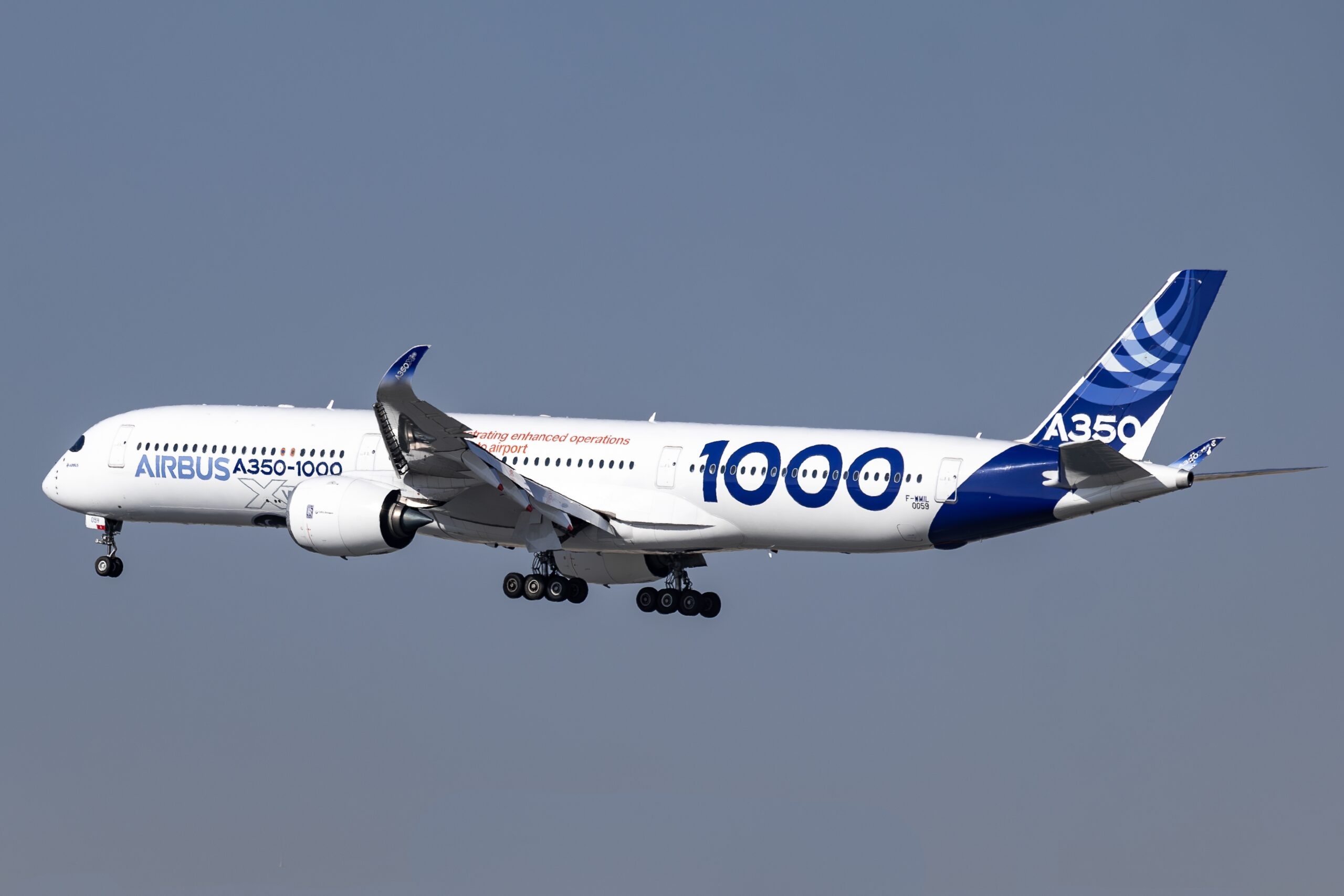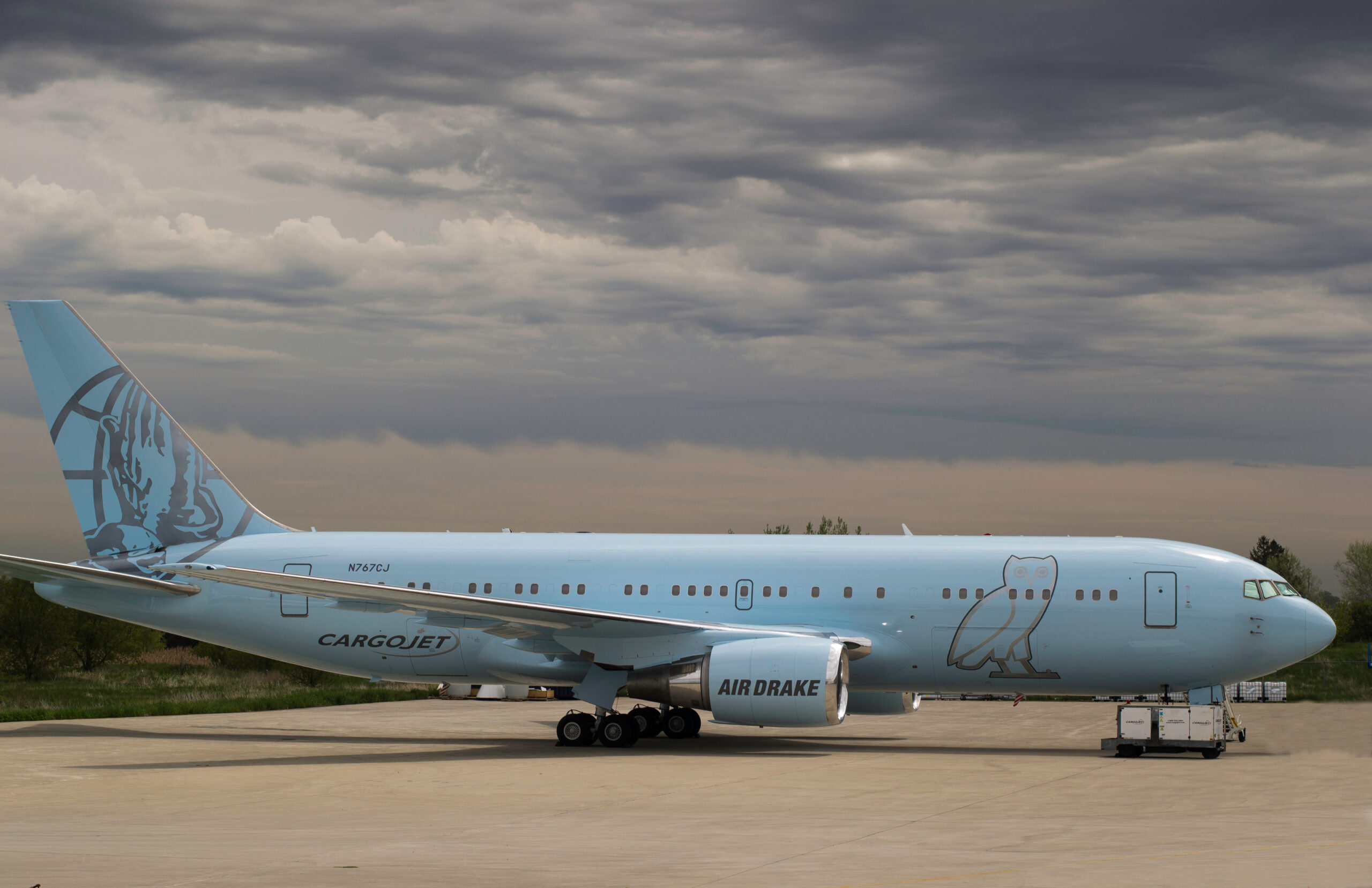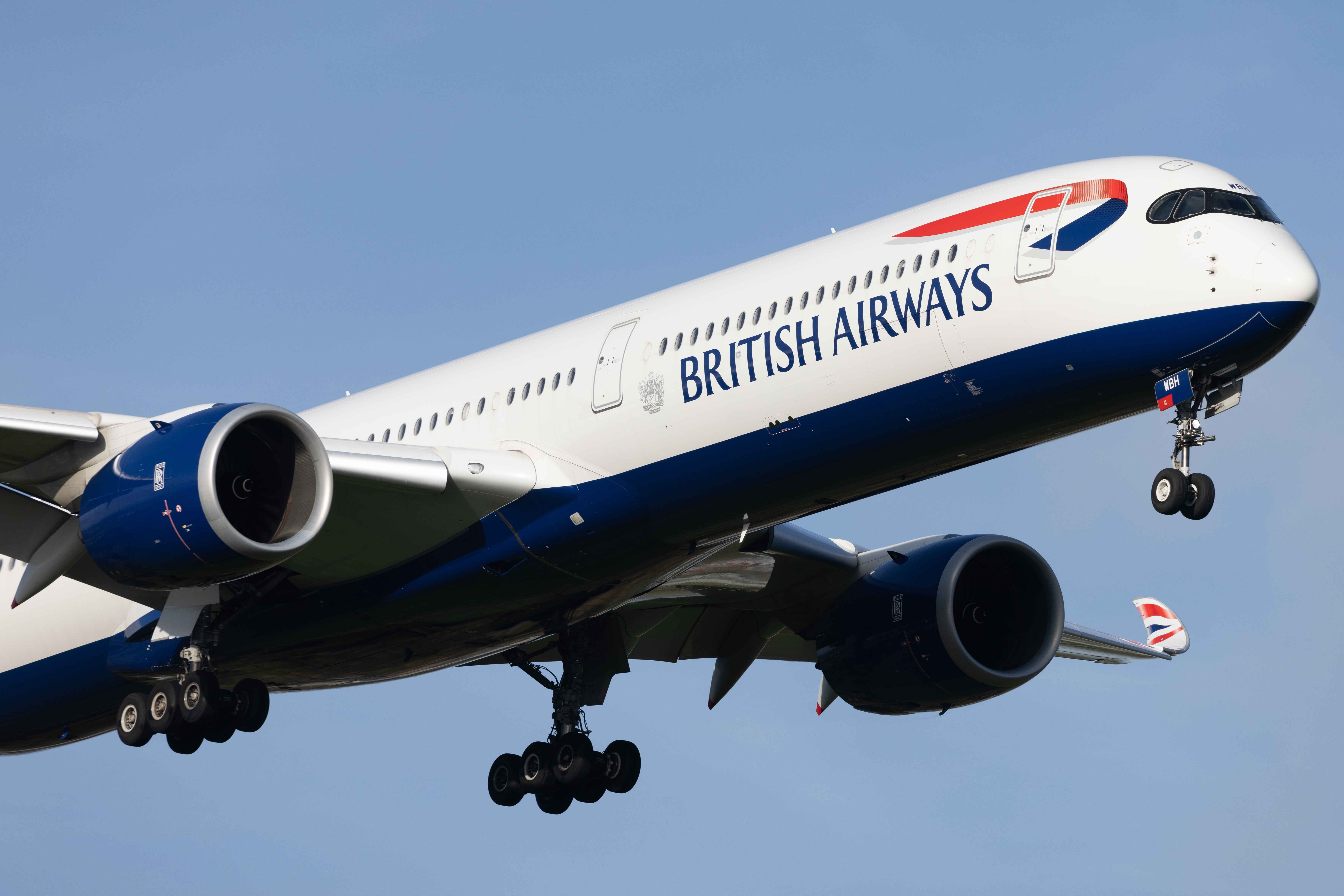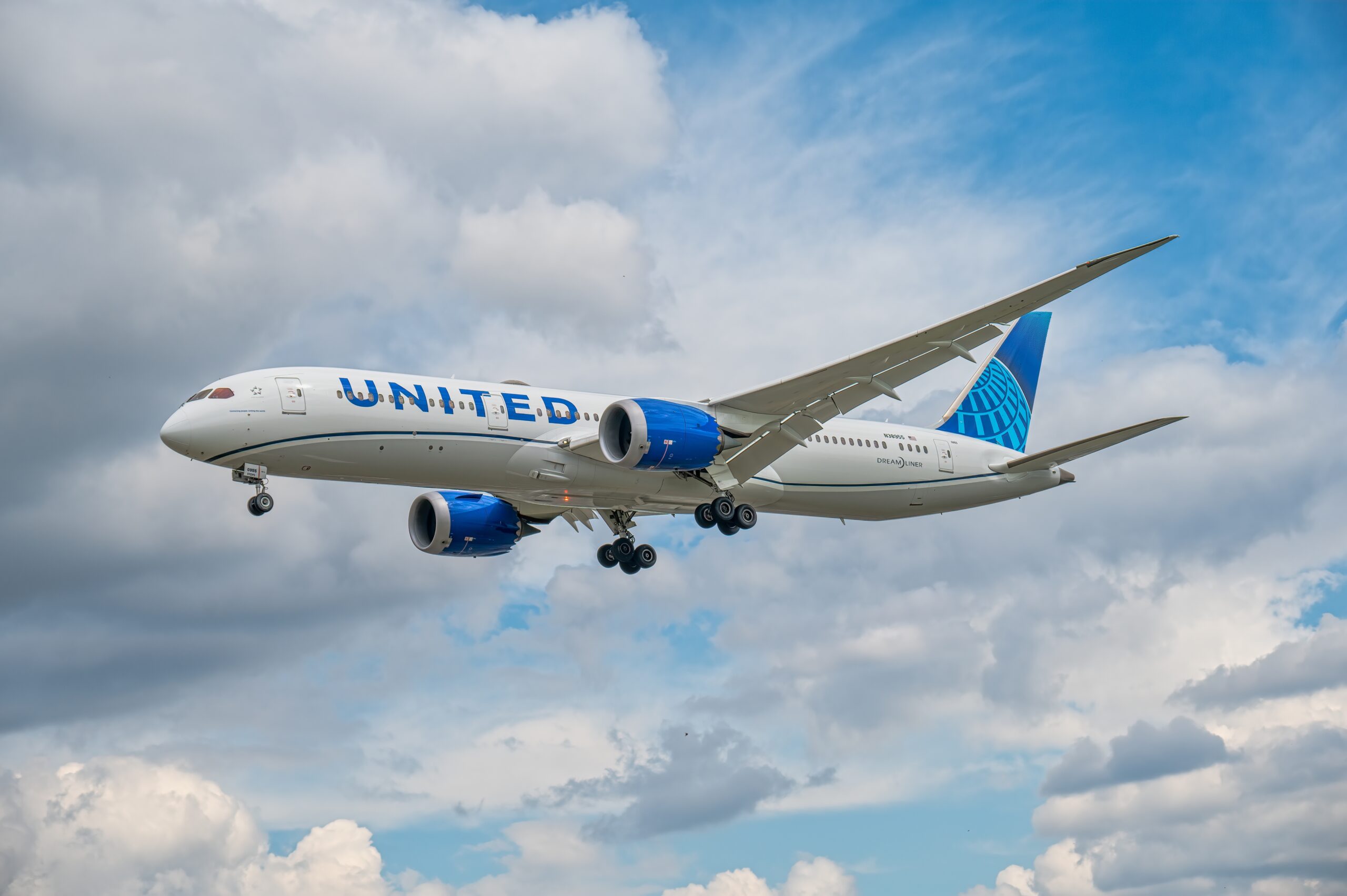Boeing F-15EX Eagle II Maximum Speed
Boeing F-15EX Eagle II Maximum Speed
The Boeing F-15EX Eagle II is an advanced iteration of the long-serving F-15 fighter jet. This aircraft incorporates modern avionics, electronic warfare capabilities, and enhanced airframe structures. One key feature that continues to capture attention is its maximum speed.
Engineering and Design Enhancements
The F-15EX Eagle II boasts several upgrades over its predecessors. These include new twin engines, the latest avionics, and a digital fly-by-wire control system. All of these contribute to its remarkable performance, including speed.
The engines, specifically two General Electric F110-GE-129 afterburning turbofans, are a critical component. Each engine can generate a thrust of up to 29,000 pounds. This powerful setup enables the F-15EX to achieve high speeds efficiently.
Speed Capabilities
The top speed of the F-15EX is around Mach 2.5. This equates to approximately 1,900 miles per hour. Such speed is enabled by its aerodynamic design and powerful engines. Notably, this maximum speed has been a hallmark of the F-15 series since its inception.
High-Speed Maneuverability
One major advantage of the F-15EX’s speed is its ability to perform high-speed maneuvers. This allows the aircraft to gain a tactical advantage in various combat scenarios. At top speeds, it can quickly intercept and engage enemy aircraft, enhancing mission success rates.
Operational Context
In operational settings, the F-15EX can maintain higher speeds for extended periods. This is crucial for rapid deployment and interception missions. The aircraft can cover vast distances without compromising its speed, making it highly adaptable.
Comparison with Other Aircraft
When compared to other modern fighter jets, the F-15EX holds its own. It matches or exceeds the max speeds of contemporaries like the Eurofighter Typhoon and Dassault Rafale. This, combined with its other advanced features, makes it a formidable aircraft in air superiority roles.
Technological Synergy
The synergy between advanced materials, design, and engine technology is what sets the F-15EX apart. The use of lightweight composites and improved aerodynamics play significant roles. These advancements allow it to achieve and sustain maximum speeds safely.
Impact on Mission Profiles
Speed has a direct impact on mission profiles. Faster speeds decrease the time to target and return, allowing for quicker turnaround times. This increases the sortie rate and operational availability of the F-15EX.
Role in Modern Air Forces
For modern air forces, having an aircraft like the F-15EX is a strategic asset. Its speed contributes to air dominance and effective deterrence. Countries operating the F-15EX can project power and maintain air superiority with confidence.
Maintenance Considerations
High-performing aircraft like the F-15EX require meticulous maintenance. Regular checks and component replacements ensure that the engines operate at peak performance. Maintenance teams play a crucial role in sustaining the aircraft’s speed capabilities.
Training and Simulation
Pilots undergo rigorous training to handle the F-15EX, especially at high speeds. Simulators replicate high-speed scenarios to prepare pilots for real-world missions. This training ensures that pilots can manage the aircraft effectively without losing control.
Historical Background
The F-15 series has a rich history of speed and performance. Since its debut in the 1970s, the F-15 has consistently proven its capabilities. The F-15EX continues this legacy with modern enhancements, maintaining the tradition of exceptional speed.
Future Developments
As technology evolves, so too will the F-15EX. Future upgrades may include even more efficient engines and advanced materials. These developments will likely push the maximum speed even further. The F-15EX is designed to adapt, ensuring it remains relevant in future combat scenarios.
Conclusion
The Boeing F-15EX Eagle II represents the pinnacle of speed and performance in modern fighter aircraft. With its powerful engines and advanced design, it achieves a top speed of Mach 2.5. This makes it a valuable asset in any air force’s arsenal.






